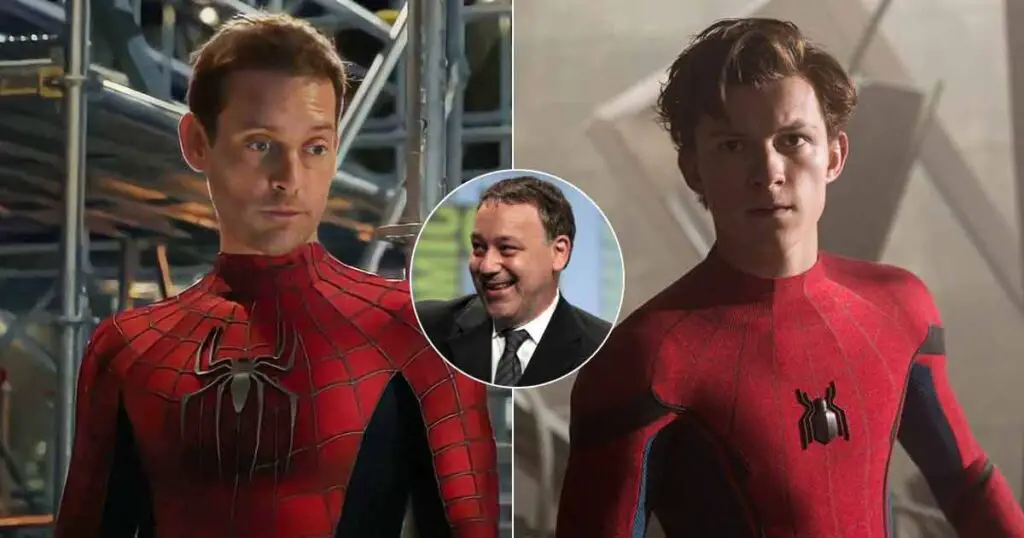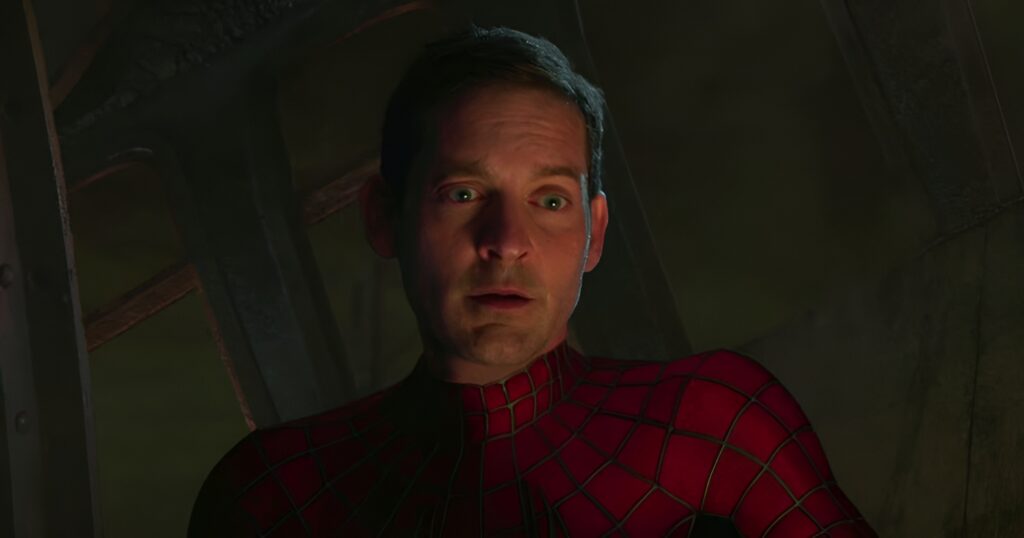In the annals of cinematic history, the Spider-Man trilogy of the early 2000s, with Tobey Maguire donning the iconic suit and Kirsten Dunst portraying Mary Jane, holds a special place. However, the mere mention of a fourth Spider-Man film by Sam Raimi stirs the imagination of many fans and leaves a void of what could have been. “Movies Go Fourth,” a book by Mark Edlitz, sheds light on this enigmatic movie that never was and offers tantalizing insights that tease fans’ curiosities.
A Derailed Vision and the Making of Spider-Man 4

Sam Raimi’s unease with Spider-Man 3 is hardly a secret. His vision for the film did not align with Sony’s demand for the inclusion of the villain, Venom. Despite the character not resonating with Raimi, the potential marketability of Venom, especially with the younger audience, made Sony push hard for the character’s presence in the movie. Consequently, Spider-Man 3 deviated from Raimi’s ideal vision. However, given the commercial success of Spider-Man 3, it was only logical to continue the narrative, leading to the conception of Spider-Man 4.
As the production wheels began turning for the fourth installment, intriguing choices were made. Raimi set his sights on John Malkovich, a stellar choice, to portray the main antagonist, the Vulture. Furthermore, Angelina Jolie’s likeness was strongly considered for a significant character, cementing the star-studded potential this movie held.
Raimi’s Spider-Man series had its own hallmark moments, one of which was Bruce Campbell’s unforgettable cameos. For Spider-Man 4, two sidesplitting scenarios involving Campbell were brainstormed, promising fans moments filled with laughter and surprise.
But not all was well in the Spider-verse. As the story of the unmade Spider-Man 4 was taking shape, revealing a riveting tale where the Vulture, an incarcerated Black Ops soldier, escapes and becomes Spider-Man’s formidable nemesis, behind the scenes, tensions were brewing. The vision Raimi had was clear, but Sony’s insistence on incorporating the trending 3D technology, inspired by the success of “Avatar” in 2009, clashed with his plans. Raimi, unfamiliar with 3D filmmaking, felt this was an added layer of complexity, which, combined with other pressures, eventually led him to exit the project.
The Legacy Left Behind

Subsequent Spider-Man adaptations borrowed elements from the planned Spider-Man 4. The Vulture emerged as the antagonist in Tom Holland’s “Spider-Man: Homecoming”, and the Lizard found a place in “The Amazing Spider-Man” starring Andrew Garfield. Yet, the essence of Raimi’s unfinished vision remains a testament to the significance of the creative process in filmmaking. The scrapped Spider-Man 4 reminds us that artistry and passion can sometimes be more crucial than commercial success.
In conclusion, while Sam Raimi’s Spider-Man 4 remains a piece of cinematic folklore, its tale is a poignant reminder of the tussle between commercial demands and artistic vision. It stands as an emblematic chapter in the larger Spider-Man narrative, symbolizing the eternal struggle of creators to balance their vision with the industry’s demands.


